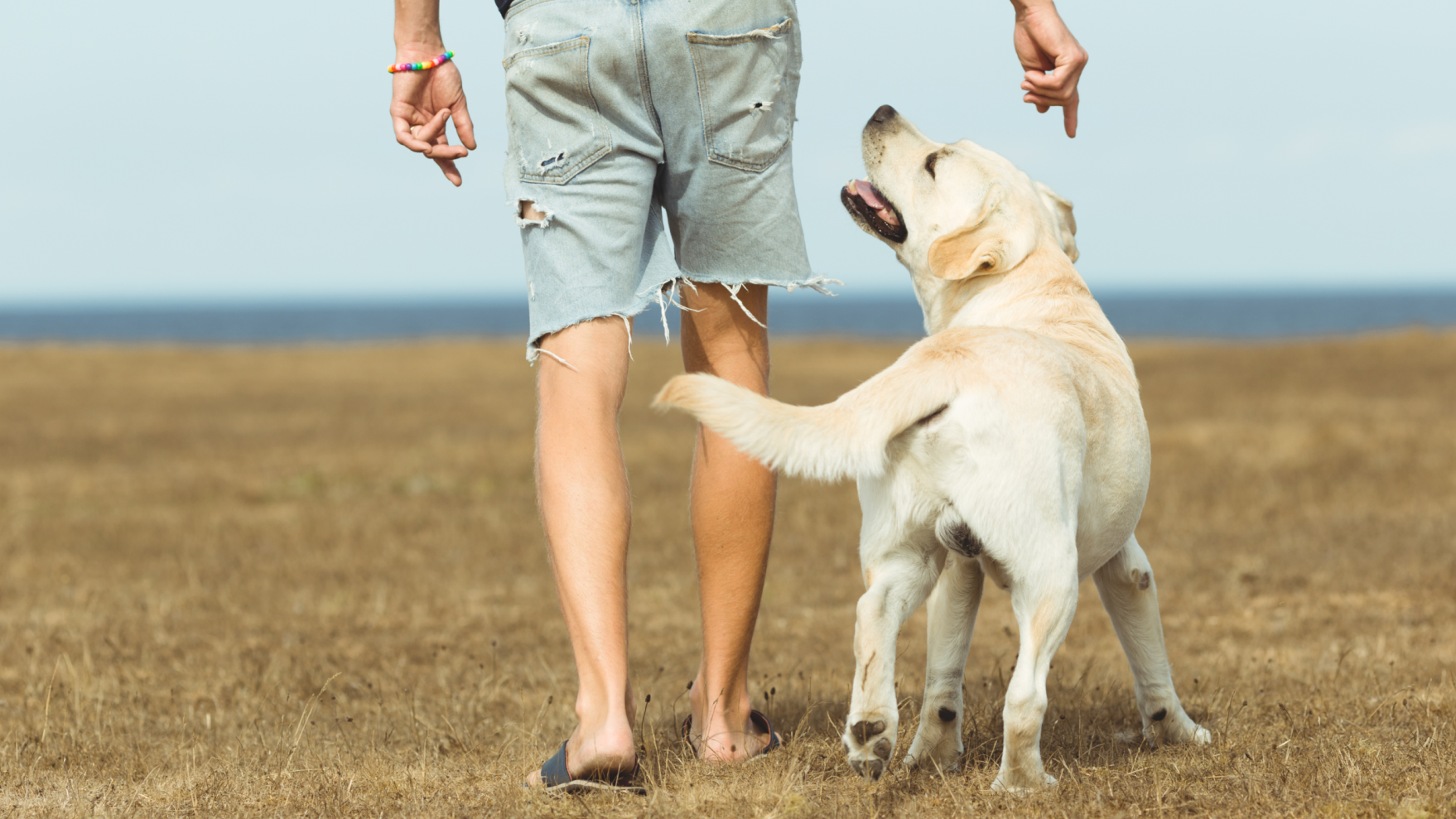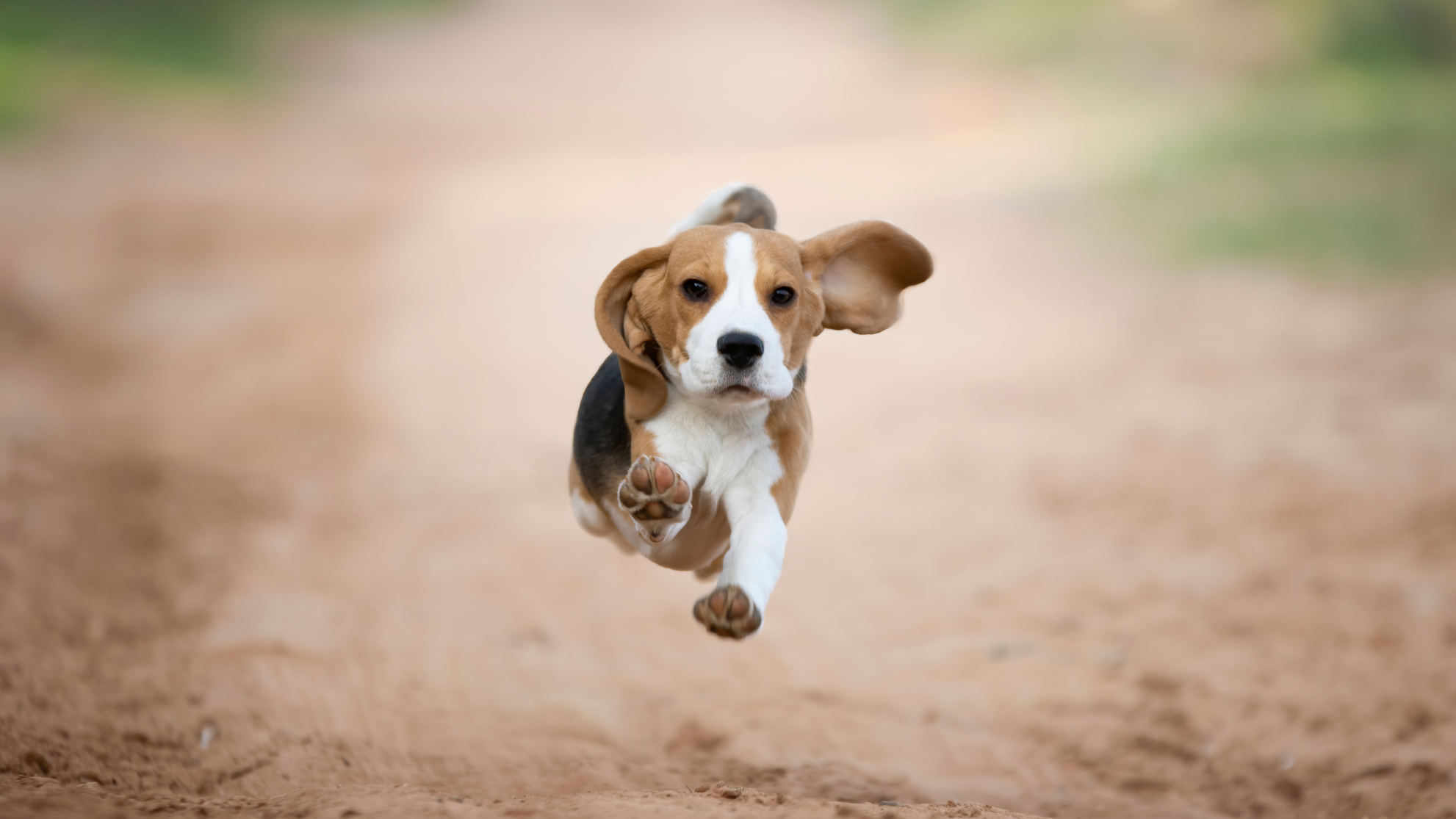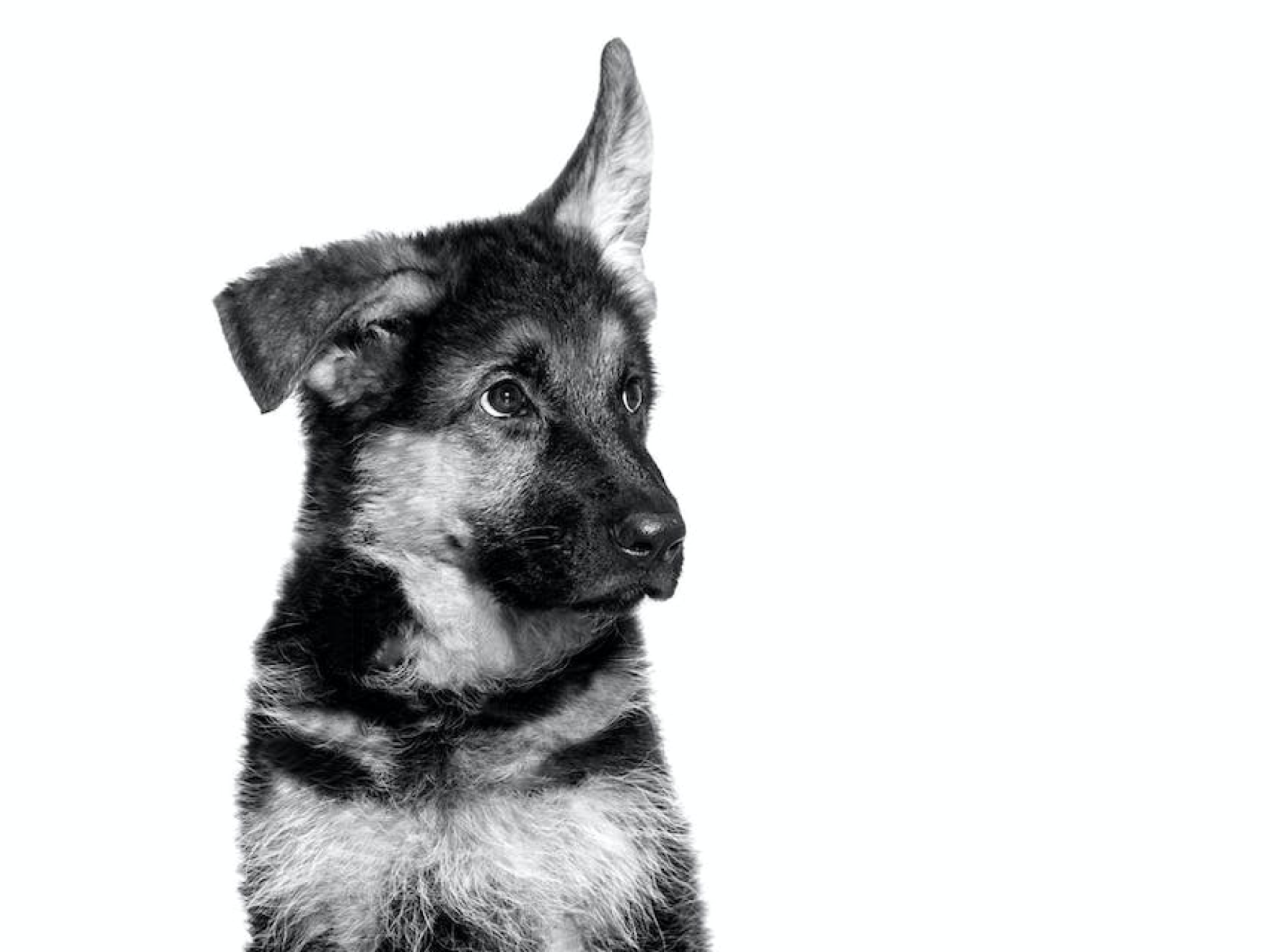Dog care when on holiday: preparing your canine companion
Article

Organising dog care while you go on holiday
Leaving your puppy alone for the first time can be potentially upsetting for both of you. Your priority should always be the total well-being and comfort of your puppy or dog. With the correct planning, you can help guarantee that your dog’s daily routine is not interrupted and that all their needs are met.
Who will look after your dog?
You have options when it comes to holiday pet-sitters. Top of the list should be a trusted friend or family member who a) knows your dog already and b) can stay in your home.
Alternatively, you can hire a professional pet-sitter who lives nearby and can pass by regularly. Pet hotels or boarding services can work as well, which your vet may be able to recommend to you. Before going on holiday, be sure to check out their references and visit them, to confirm that you feel good leaving your pet there.
Whoever you choose, they should be able to provide the necessary level of care for your puppy or dog. Make sure they have access to the following:
- Your dog food, motivational treats and other requirements, so that your puppy or dog never goes without.
- Your dog’s medical history, as well as a clear medication schedule if necessary and your vet's contact details, in case of an emergency.
- For puppies, schedule a vet appointment before leaving to get them up-to-date with their latest vaccinations, as well as flea and tick medications.
- Detailed instructions about their daily routine. This includes how often your dog should be fed and amounts, exercise and play times, medication, toilet habits and preferred toys and bedding options.
Last but not least: your house should always be fully dog-proofed, if that’s where your dog will be cared for. Be sure to brief the person who will be dog-sitting while you’re on holiday. There must be no potential hazards anywhere, and windows and doors should always be secured.

How to prepare your dog for your absence
While dog-friendly travel is becoming more popular and therefore, more possible, it isn’t always the best option for you and your dog.
Make sure that your holiday cover can keep your dog’s daily routine as normal as possible. You do not want your absence to feel like an abandonment.
Let’s look at things you can do to enjoy a guilt-free holiday while your canine companion has fun at home.
- Ideally, you have already learnt how to socialise your puppy or dog. However, arrange for your dog to meet their pet-sitter before you head off, especially if they are a stranger! This is a trial run for both you and your dog, to check that they have good chemistry with this new person.
- By now, your dog knows how to handle your (brief) absences. But why not spend some extra time with them the week before your trip? A nice, long walk, some extra cuddles. This attention will help to minimise separation anxiety in your puppy or dog and put them in the best mental condition for their pet-sitter.
- Go over some training commands in the lead up to your holiday, to reinforce good behaviour in your dog.
- Before you leave, head to the vet for a check-up. If your dog is on any medication, their prescription may need to be renewed. If your dog is boarding or staying in a pet hotel, take a look at the vaccination (and other) requirements.
- Dogs need routine. We’ve already mentioned it above, but it is vital in helping your dog to remain calm and content in your absence. An additional helping hand can be found in certain existing dog nutrition, dedicated to calming anxiety.

Want to take your dog on holiday?
Getting to take your dog on holiday means new and exciting experiences as a family. However, planning dog-friendly vacations takes some preparation. You want them to feel safe and comfortable from start to finish.
Before travelling
The best time to incorporate your puppy or dog’s well-being into your vacation plans is… as soon as you start planning.
Get their paperwork in order
For a smooth travel experience, know what is required before heading out. There are some essential things you'll need to handle for a smooth travel experience.
Trains, planes and automobiles
Whether you’re staying in the same country or travelling Internationally, you’ll need to know the rules of travelling with a puppy or dog on a plane or how to prepare for a lengthy road trip.
Dog pet passport and regulations
Much like humans, travelling internationally with your puppy or dog requires specific documents. There are several pet travel regulations to comply with but know that paperwork can differ from country to country.
Considering your dog and their travel anxiety
Some dogs may experience travel anxiety, which can lead to restlessness and discomfort. Knowing this might happen can help you plan your vacation with your pet’s well-being front of mind.
From how to take a dog on a plane to booking dog-friendly accommodation, careful consideration of your dog's needs is essential. By taking the steps outlined above, you can ensure that your dog is safe, content and comfortable during your adventures. This will ensure a more enjoyable holiday for you and your canine companion.
Related Articles

Understanding your puppy’s behaviour

How to train a puppy
Like & share this page